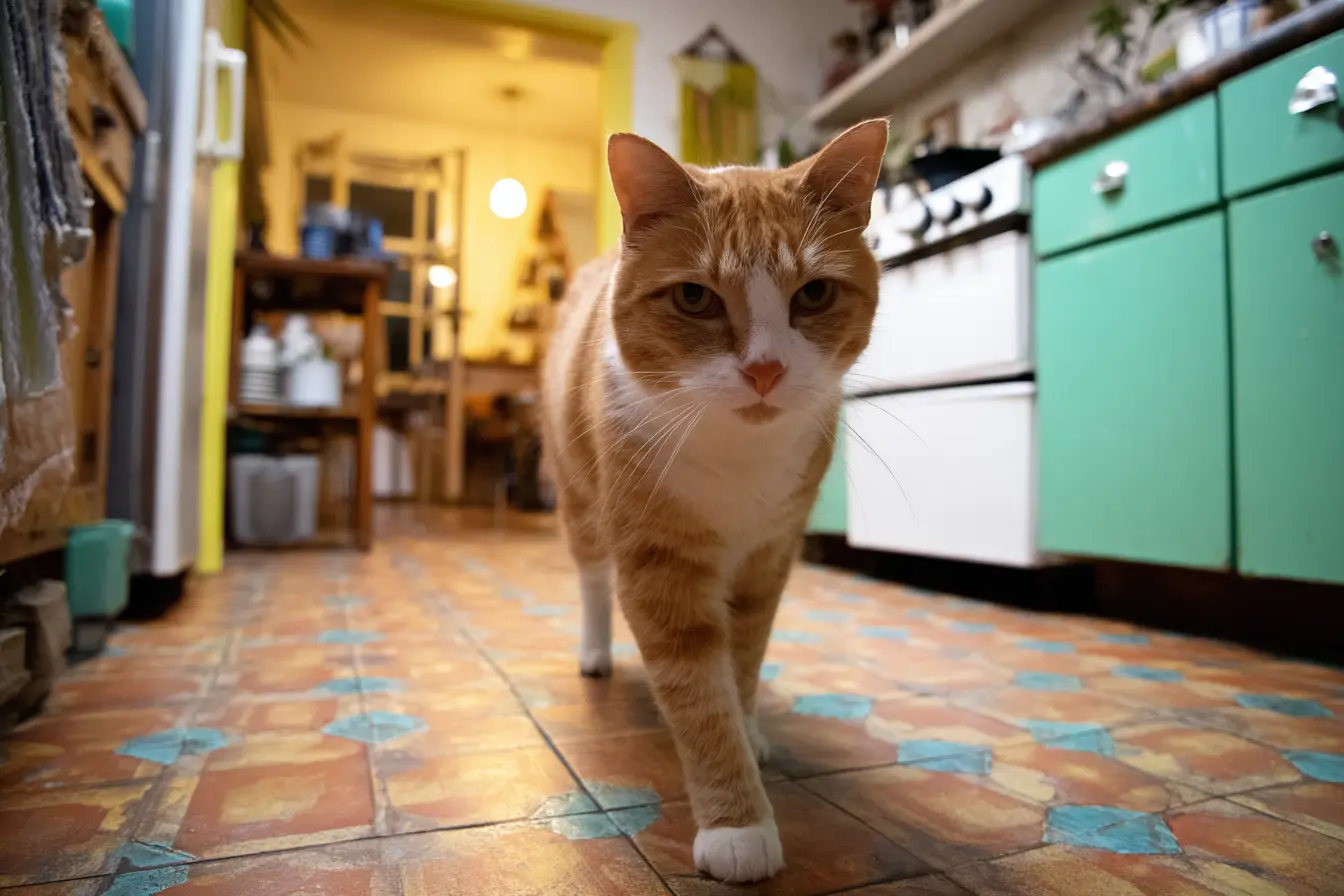
Birthing Complications in Cats: What Every Owner Should Know
Most cats give birth, or “queen”, without any problems and require little intervention from their owners. However, complications can and do occur, and it is important for cat owners to recognise the warning signs. Prompt action can make the difference between life and death for both mother and kittens. This guide explains the common birthing complications in cats, what to look for, and when to seek veterinary help.
Understanding Normal Labour in Cats
Before recognising complications, it helps to understand what normal labour looks like. Cat pregnancy lasts around 63–65 days, though anything between 58 and 72 days can be normal. Labour typically has three stages:
- Stage One: Restlessness, nesting behaviour, purring, and occasional vocalisation. This stage can last 12–24 hours.
- Stage Two: Strong abdominal contractions begin, and kittens are delivered, usually every 30–60 minutes.
- Stage Three: The expulsion of the placenta. This normally happens shortly after each kitten is born.
If your cat progresses smoothly through these stages, intervention is rarely needed. But if something seems wrong, it may indicate dystocia (difficult birth).
Common Birthing Complications in Cats
Prolonged Labour
If labour lasts more than 24 hours without producing a kitten, it suggests a complication. This may be due to exhaustion, uterine inertia (the womb failing to contract), or an obstruction.
Difficulty Delivering a Kitten
If your cat has been straining strongly for over an hour without producing a kitten, it is a red flag. Causes may include:
- A kitten that is too large
- Malpresentation (the kitten is not positioned correctly)
- A narrow birth canal
Retained Placenta
Each kitten should be followed by a placenta. If one or more placentas are retained, it can cause infection and severe illness in the mother.
Stillbirths
Sometimes kittens are born dead. While one stillborn kitten may not affect the rest of the litter, multiple stillbirths or signs of distress in the mother require immediate veterinary care.
Haemorrhage
Excessive bleeding during or after birth is an emergency. A small amount of discharge is normal, but heavy bleeding can signal uterine rupture, tearing, or other serious issues.
Uterine Inertia
This occurs when contractions stop before all kittens are delivered. It may be primary (no contractions develop) or secondary (contractions stop due to exhaustion). Veterinary intervention is essential in these cases.
Signs That Indicate an Emergency
You should contact your vet immediately if you notice:
- More than one hour of strong straining without producing a kitten
- More than two hours between kittens
- A kitten visibly stuck in the birth canal
- Heavy or continuous bleeding
- Foul-smelling vaginal discharge
- Severe lethargy, collapse, or signs of shock in the mother
- Signs that kittens are not breathing or moving after birth
What to Do if Complications Arise
While waiting for veterinary help:
- Stay calm: Cats can pick up on your stress.
- Keep your cat warm and comfortable: Place her in a quiet, safe environment.
- Do not pull on kittens: This can cause injury to both kitten and mother.
- Contact your vet immediately: Give them as much detail as possible about timings, symptoms, and the cat’s history.
In some cases, the vet may advise bringing your cat in urgently, or they may provide instructions for supportive care at home until you can travel safely.
Veterinary Treatment for Birthing Complications
Depending on the complication, treatments may include:
- Oxytocin injections: To stimulate contractions if uterine inertia is diagnosed.
- Manual assistance: In carefully controlled cases, a vet may assist delivery.
- Caesarean section: Required if kittens are too large, incorrectly positioned, or if the mother cannot deliver naturally.
- Antibiotics and fluids: To treat infection or stabilise the mother.
Preventing Birthing Complications
While not all complications can be avoided, there are steps you can take to reduce the risk:
- Regular vet check-ups during pregnancy to monitor your cat’s health.
- Good nutrition, ideally a high-quality kitten food, to support pregnancy and lactation.
- Safe environment for birthing, away from noise, stress, and other pets.
- Avoiding overbreeding, as repeated pregnancies may increase health risks.
- Spaying after kittens are weaned if you do not intend to breed again, preventing future risks.
Conclusion
Birthing complications in cats, though not common, can be life-threatening if ignored. Recognising the warning signs, seeking veterinary help quickly, and ensuring your cat has the right care throughout pregnancy can greatly improve outcomes for both mother and kittens. As a cat owner, being prepared and informed is the best way to support your pet during this critical time.
Related Vets
Vets near you
Speciality vets
- Aquatics vet specialists
- Birds vet specialists
- Camelids vet specialists
- Cats vet specialists
- Cattle vet specialists
- Deer vet specialists
- Dogs vet specialists
- Equines vet specialists
- Exotic vet specialists
- Goats vet specialists
- Pigs vet specialists
- Poultry vet specialists
- Sheep vet specialists
- Small Mammals vet specialists
- Wild vet specialists











